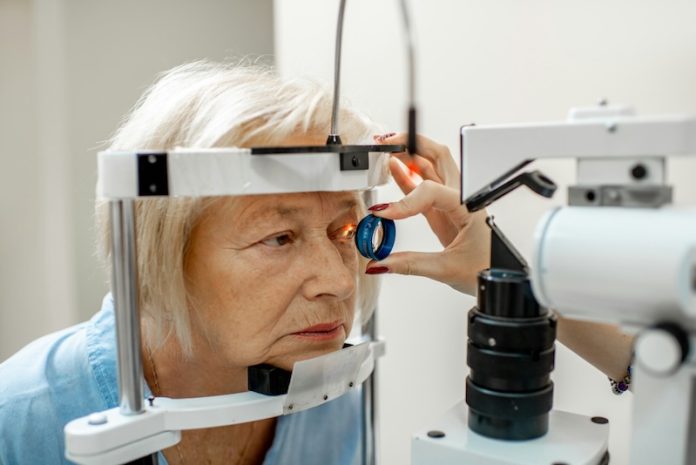
Researchers from the University of Otago have found a possible link between eye health and the risk of developing dementia.
In a new study, scientists discovered that the tiny blood vessels at the back of the eye—the retinal microvasculature—may show early warning signs that a person could be at risk for dementia, including Alzheimer’s disease.
The research is part of the long-running Dunedin Multidisciplinary Health and Development Study, which has followed the same group of New Zealanders since birth.
It is known as one of the world’s most in-depth studies on human health and development.
In this project, scientists looked at eye scan data taken when the participants were 45 years old to see if there were patterns linked to brain health.
The eye, and particularly the retina, is directly connected to the brain. That’s why the retina can sometimes reflect changes happening in the brain.
In this study, the researchers found that people who had narrower arterioles (tiny blood vessels that carry blood away from the heart), wider venules (small veins that return blood to the heart), and thinner retinal nerve fiber layers were more likely to be at risk for dementia later in life. These changes could indicate that the brain may also be experiencing issues with blood flow or nerve damage.
Dr. Ashleigh Barrett-Young, from Otago’s Department of Psychology and co-lead author of the study, said that this research adds another important piece to the puzzle of how dementia develops.
She emphasized that catching signs early is key, especially since treatments for Alzheimer’s disease and other forms of dementia are likely to work best in the early stages—long before noticeable memory loss begins.
Unfortunately, current methods for detecting dementia early are limited. Cognitive tests often don’t pick up on early changes because the person may still appear to be functioning normally. Brain scans like MRIs and PET scans can be more effective but are expensive and not easily accessible for many people.
That’s why the team explored the idea of using eye scans as a simpler, more affordable way to spot potential early brain changes. The findings are still in the early stages and not ready to be used in real-world medical practice yet, but they offer exciting potential for the future.
One surprising result was how strongly the shape and size of venules—the smallest veins in the retina—were linked to signs of Alzheimer’s. This could point to venules as a particularly useful area to study when trying to understand and possibly predict dementia risk.
Still, Dr. Barrett-Young cautions that people shouldn’t be alarmed or expect an eye test to reveal their future health just yet. “We can’t predict your future by looking at an eye scan,” she said. “But we hope that one day, with advances in artificial intelligence and imaging technology, eye scans could become a helpful tool in understanding and tracking brain health.”
The study was co-led by Dr. Aaron Reuben from the University of Virginia, highlighting the strong international collaborations involved in this work. As scientists continue to explore how eye health reflects what’s happening in the brain, this research could lead to earlier, easier ways to detect and prevent serious diseases like dementia.
If you care about dementia, please read studies about dietary strategies to ward off dementia, and how omega-3 fatty acids fuel your mind.
For more health information, please see recent studies about Choline deficiency linked to Alzheimer’s disease, and what to eat (and avoid) for dementia prevention.
The research findings can be found in Journal of Alzheimer’s Disease.
Copyright © 2025 Knowridge Science Report. All rights reserved.



